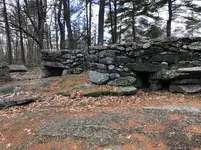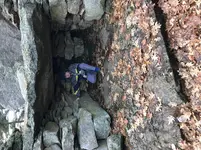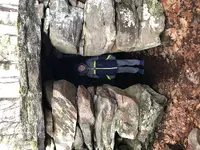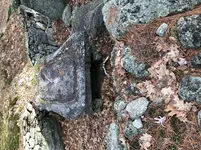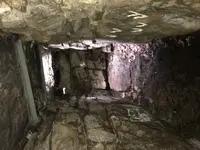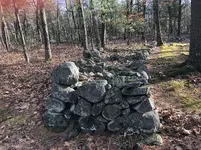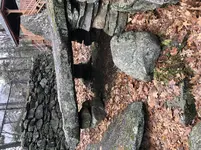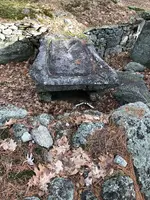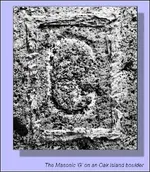It's not native construction lmao.Native Americans did not build with stone.
Hi Red,
Lyao all you want, but I think that the Mayans, Aztecs, and Incans would ltao at you. Native American cultures in North America used stones for construction as well, although obviously to a much lesser extent (e.g. cliff dwellings in the southwest, Medicine Wheel, et al.).
I wouldn’t rule out Native Americans in eastern North America using stone either, although obviously much less frequently due to the abundance of timber. I know of a stone circle on a knob in Berea College’s research forest. I was led there one time while doing some forestry research. The employee of the College who led me there told me that the circle hadn’t been investigated, but he thought that it was likely Native American in origin. As I recall, it was approximately 18’ in diameter and only a couple of feet tall with a gap in the stones approximately 4’ across. It was likely taller than a couple of feet but filled in due to organic matter accumulation over several centuries (purely speculating there). I won’t speculate as to whether it was an astronomical structure, improvised yurt, used for spiritual purposes, or used for something else entirely. However, I cannot imagine that it would have been built and used by settlers or people of European descent for livestock or other use. Split-rail fencing would have been much easier to construct and Europeans tend to build structures with right angles.
In Charles Mann’s fantastic book,
1491, he speaks to the impact that the introduction of European diseases (esp. influenza and smallpox) had upon Native American cultures. He writes of how the introduction of European diseases decimated and destroyed NA cultures, long before they even encountered Europeans because the diseases were transmitted so readily within and between their cultures. In some cases, the diseases had decimated their populations decades, or even centuries before contact with European people was made. I find it quite likely that some Native American structures were likely re-purposed by settlers due to their utility and proximity to a natural resource (e.g. fresh water, reliable food source, et al.) long after the decimated Native American societies had abandoned them, and the knowledge of how those structures were created, and by whom, and when, was lost.
Kindest regards,
Kantuck
